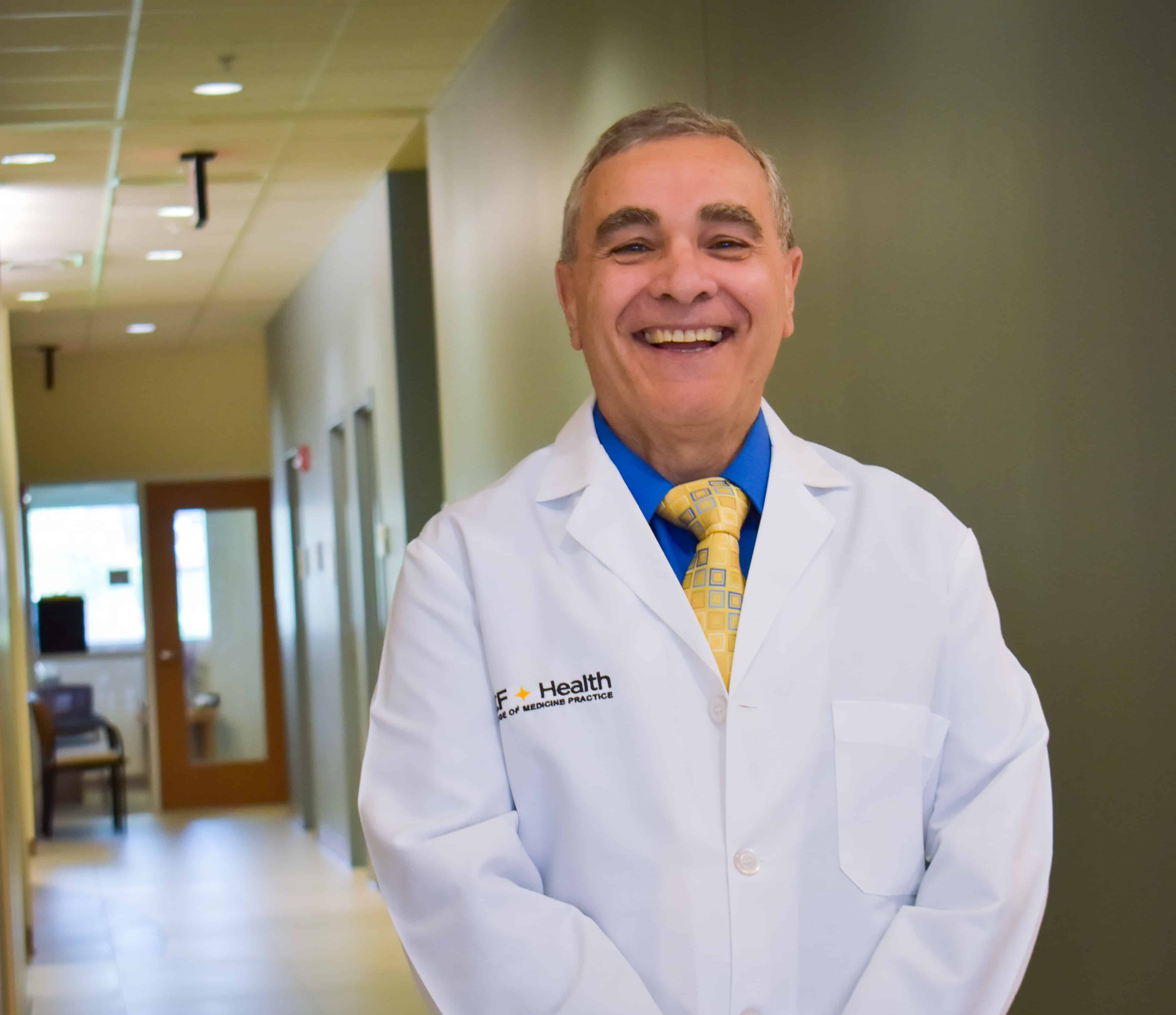The fall sports season is exciting for parents, players, coaches and fans. However, while athletes prepare to deliver a good season, they should also prepare for the potential of injury. Knowing how to avoid and treat common sports injuries is crucial for pulling off a smooth season.
Football, soccer, volleyball and cross country all kick off in the fall. These are sports that involve a lot of running, twisting, turning, jumping and contact – all common factors that lead to injury. Parents, athletes and coaches must have a good understanding of how common injuries are caused and how to seek treatment for those injuries.
It’s also important to be able to distinguish between different common sports injuries in order to seek the appropriate care. Here are some of the most common injuries associated with fall sports and tips for identifying each injury.

ACL Injuries
The anterior cruciate ligament (ACL) is one of the four ligaments in the knee and is important for maintaining stability. Injury to this ligament can be extremely detrimental to one’s athletic career. Athletes can best protect themselves from this injury by asking their coach to implement an ACL injury prevention program into their training and conditioning program.
Unlike many other injuries, ACL injuries don’t normally occur from contact. Movements including sharp cuts in direction, landing from a jump incorrectly, or stopping suddenly are common causes of ACL injuries. Also, ACL injuries are more common among female basketball players and soccer players.
These injuries are often identified by a popping noise that occurs when the ACL is torn or a feeling that the knee is giving out. Other symptoms include swelling, loss of range of motion and tenderness in the knee. If someone is experiencing any of these symptoms, it’s important for them to cease all physical activity until they are cleared to play by a sports medicine specialist.
Unfortunately, athletes who experience an ACL injury won’t be able to return to an active lifestyle without surgery to rebuild the ligament. After surgery, individuals will most likely have to brace the knee and attend physical therapy until the ACL is stabilized.
Sprains and Strains
Sprains occur when a ligament connecting bones and joints is stretched or torn. The most common types of sprains are ankle sprains, wrist sprains and knee sprains. Symptoms may include pain, swelling, bruising and a loss of range of motion.
Strains occur in the muscle. Strains commonly occur in the lower back or in the hamstrings. Symptoms of a strain may include pain, swelling, muscle spasms and limited mobility.
Sprains and strains are less severe than other common sports injuries and can usually be treated with compression, icing, elevating the area, taking anti-inflammatory medications, and splinting or bracing the area to prevent further injury. One should seek out medical attention if symptoms progress or if you are unable to put any weight on the area.
Shoulder Injuries
Rotator cuff injuries are the most common type of shoulder injury, usually resulting from a fall in younger athletes or wear and tear in the older population. Rotator cuff tendinitis results in a lot of pain in the area, including aches and stiffness. Many try to play through this injury, but it’s important to seek help from a sports medicine specialist and appropriately treat the shoulder through rest, anti-inflammatories, rehabilitation and, in some cases, corticosteroid injections.
Rotator cuff tears are another injury common in older athletes or weekend warriors. It is usually distinguishable by pain and weakness, sometimes so bad that the pain will wake a patient up in the middle of the night. Some patients rely on conservative methods for treatment, similar to rotator cuff tendinitis, but others may need either an arthroscopic or open repair of the tissue in the shoulder.
Tennis Elbow
The overloading of tendons in the elbow can lead to a painful condition referred to as “tennis elbow.” However, tennis players and athletes aren’t the only ones at risk for this injury. It’s usually caused by overuse or repetitive or strenuous activity of the wrist and arm. For this reason, musicians like pianists and violinists often get this condition.
Symptoms of this injury include difficulty gripping and holding objects due to extreme pain and weakness in the arm. Tennis elbow can usually be treated at home with ice and rest. Extreme cases may require physical therapy.
Seeking Treatment
Most of these common sports injuries can be prevented by stretching often, learning proper technique, wearing protective gear if needed, and alerting parents and coaches of any early symptoms. However, if you experience a serious injury that may require surgery, you need to see a sports medicine specialist.
Your doctor can help prepare and inform you about the details of the surgery, including the healing process and rehabilitation services available post-surgery to maximize your outcome.

Dr. Charles Giangarra is a board-certified sports medicine specialist and orthopaedic surgeon specialized in treating a wide range of sports-related injuries. In his career, he has helped youth athletes, Olympians and pro athletes recover and get back in the game. Learn more at ucfhealth.com.

